The widespread use of open protocol systems is one of the most important developments in the security and safety sector for decades. With a heavy reliance upon various security softwares (even for physical security), using open systems has gone from being a desirable selling point to a necessity in the security industry in only a few years.
As well as the obvious security advantages, there is potentially a whole new world of opportunities for operators, which has come to fruition with the arrival of the Internet of Things (IoT) – but at the same time, there are additional factors that need to be considered, which may not have been an issue in the past.
Widespread Need For Open Protocols
It may seem obvious at first glance, but this is a valid question – why does the security industry and its customers need open protocols? Put simply, if all the components within the security and wider IT network have the ability to interact together, they can offer so much more than their individual capabilities. This is certainly something which has transformed the way organizations think about their security systems and how they work in the wider context of their business systems.
"Producing compatible systems |
Modern security software solutions offer a great deal of functionality and we have seen their integration transform the way security systems are developed and used. From passive, yet rather elaborate electronic doors/locks and basic CCTV over the past few decades, we now have intelligent AI and connected surveillance systems with inbuilt analytic capability which not only match, but usually outperform a human operator performing the same role.
Lower Costs
Another key factor in the popularity of open protocol networks is cost. Producing compatible systems makes it simpler and cheaper for customers to choose, purchase and use the most efficient components for their needs. Equally, for manufacturers and suppliers it is more cost-effective to produce standardized products. IoT is going a long way towards driving demand and the security industry has sensibly taken this on board, catering heavily for these market forces.
Within the security industry itself there have also been interesting and helpful developments. The IEC (International Electrotechnical Commission) recently adopted ONVIF Profile A and C as the de-facto new international standard for access control – which will offer a truly universal benchmark for security software and hardware integration.
Greater Choice
Naturally open protocols also provide greater choice, offering the ability to ‘mix and match’ different components to find the most suitable and bespoke solution. This could be specialist components from a niche provider, general items that happen to fit the budget requirements or even legacy systems that the operator cannot justify scrapping.
On the face of it, it may seem that older legacy systems will struggle to cope with this, but actually the flexibility of an open protocol approach means this is not necessarily the case. Modern integrated open protocol systems are often able to ‘bridge the gap’ in a way that proprietary systems simply would have failed to do in the past. It is somewhat ironic that developments in the latest technology may actually make it possible for some older systems to continue being used beyond their expected lifespan!
 |
| Open protocols provide greater choice, offering the ability to ‘mix and match’ different components to find the most suitable and bespoke solution |
Data Mining And Analysis
With open protocol systems the benefits go beyond the just the security provision. If an intelligent system is able to learn the behaviours and trends of people and property within its remit, it can predict patterns and from this help to increase efficiencies across the whole organization and its facilities.
By mining the data from security systems it is possible to get a detailed picture of any controlled area and the activity going on within it. This is a powerful tool for any organization, giving an instant snapshot of people movement or the use of resources, just as much as monitoring for security threats.
Additional Benefits
A good example of this data analysis in practice, is the widespread integration of security with IT Infrastructure, power, lighting, heating and ventilation systems. Because access control, CCTV and intruder detection can equally check the real-time occupancy of a designated area, these sensors can advise when the correct persons are attempting to log on to the network, when environmental systems are not required thus intelligently lowering energy consumption where possible and ensuring secured access to the organizations IT network.
"The ability to assess the situation makes security components the ideal ‘eyes and ears’ of more intelligent automated systems" |
This ability to assess the situation makes security components the ideal ‘eyes and ears’ of more intelligent automated systems. This technology is now being used to assess and report on people traffic in busy office spaces - with the allocation of hot desking assets, and space in lifts being a recent application, for example. Security and detection systems can ascertain who is entering the space, where they need to go and then direct them to the most appropriate route for their destination, be that a lift, hot desk unit or meeting room.
These systems can just as easily be employed for Health and Safety – restricting access to dangerous areas or monitoring the movement and welfare of lone workers. With asset tagging, valuable items can also be monitored for movement around a facility (or indeed in and out of it). As IoT continues to grow there are many intriguing and potentially useful options waiting to be utilised.
Maintaining Security
While the integration potential is almost limitless, there also needs to be a note of caution. If a network can potentially incorporate any number of elements the security function needs to understand this and ensure it is not compromised.
On some level this may mean restricting access for certain components or effectively partitioning the security elements of the network. This is not to say security cannot share a network and its benefits, just that the practicalities need to be considered.
Another consequence of this is that security providers and operators will need to be even more aware of how their whole organization works (right down to a granular level) when it comes to further open protocol integration.
This may seem somewhat daunting, but with the right planning and respect for its needs and benefits, the development and evolution of open protocol systems is set to continue being a key driving force for the security industry - offering many more benefits than disadvantages.
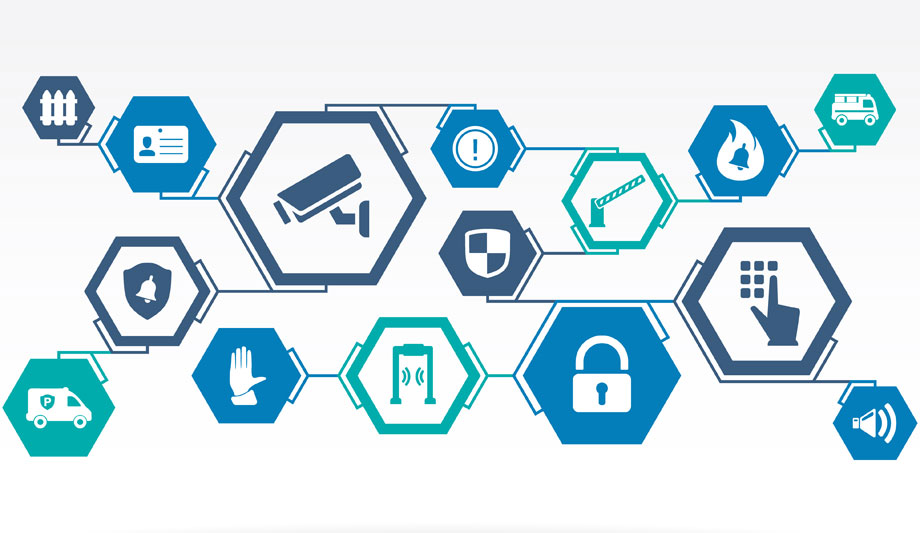

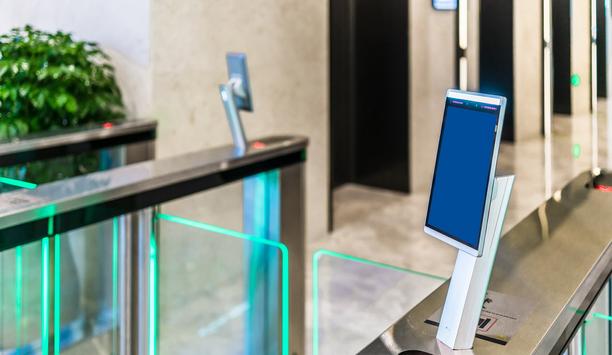






















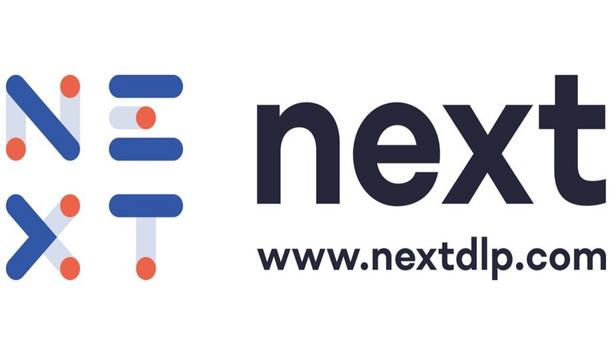


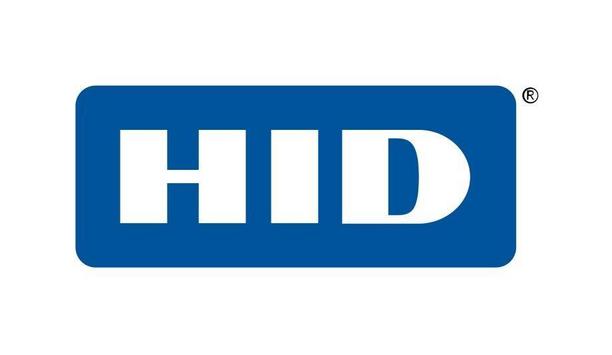

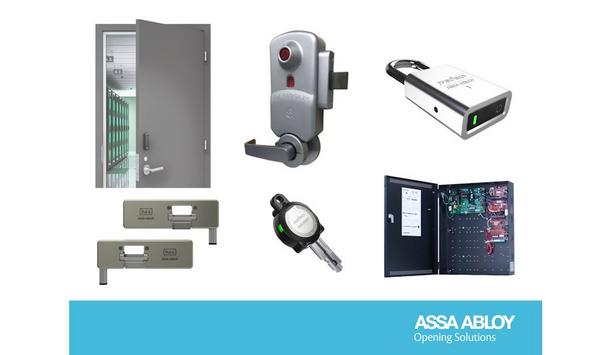







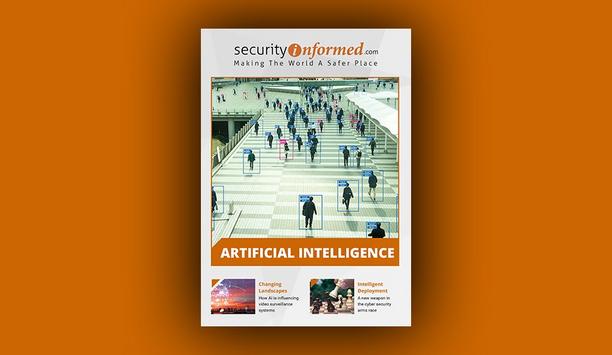
![[Download] Visitor Management: A Guide To Selecting And Employing A New Solution](https://www.securityinformed.com/img/news/612/hid-visitor-management-920.jpg)





